Clearly, the IMF program is based on a flawed DSA with a problematic end goal of Sri Lanka accessing commercial markets by 2027
By Shafiya Rafaithu, Yathursha Ulakentheran, and Ahilan Kadirgamar
Sri Lanka has just elected a new President amidst a deepening economic crisis. The people have provided a clear mandate for change and relief from the economic distress pervading their lives.
President Anura Kumara Dissanayake has taken over at a crucial time. Sri Lanka defaulted on its external debt for the first time in its history in 2022 and is now in the middle of an IMF program, and a debt restructuring process that is predicated on austerity and repayment of the larger share of past debt to the creditors. How should Sri Lanka approach debt restructuring and the IMF’s Debt Sustainability Analysis (DSA) with parameters for reduced public spending and minimal debt relief? This FAQ zooms into the ongoing IMF program, debt restructuring process, and options before Sri Lanka.
1. What does the “Agreement in Principle” reached on 19 September 2024 with the commercial creditors mean for Sri Lanka? What kind of debt restructuring of International Sovereign Bonds (ISBs) is expected out of it?
Through the said agreement, Sri Lanka is looking to restructure $ 12.55 billion in bonds.1 However, this agreement is yet to be formally approved by the IMF and the bilateral creditors. UK-based campaigner for debt justice Tim Jones argues that this agreement is similar to the one of July 2024, which was already rejected by the IMF and the bilateral creditors for insufficient debt relief.2
This deal provides for macro-linked bonds, which means the repayment of bonds is tied to the level of dollar GDP of the country. Accordingly, if the dollar GDP of Sri Lanka is higher than what the IMF is expecting for 2025-2027, the country will repay more in principal and increase interest payments to the ISBs. The agreement also allows Sri Lanka to repay less as the dollar GDP decreases.3 However, the agreement misses the point that during this period of 2025-2027, Sri Lanka’s dollar GDP is likely to increase because the country is not repaying its loans to the bilateral and commercial external creditors.4
The IMF has been setting high levels of debt-to-GDP and foreign currency debt servicing targets. These targets, particularly in external debt servicing, are hard to achieve after the IMF program in 2027 when the repayment of debt will begin. The rise in the dollar value of GDP is linked to the appreciation of the Sri Lankan Rupee. Here, the appreciated Sri Lankan Rupee will have an adverse effect on the country’s exports as the rise in the dollar price of exports will make them less competitive in the global market. That in turn will lead to a decline in foreign earnings of the country making debt repayment difficult. The current IMF program has evidently failed to consider these balance of payment factors while calculating debt sustainability and the level of debt relief. Former US Treasury official Brad Setser5 notes that “the macro-linked bonds create a “volatility machine” just as Sri Lanka […] is set to exit from its IMF program,”6, meaning Sri Lanka’s external debt becomes even more unsustainable at the very moment when the country needs to begin servicing it.
2. How does this agreement affect the laws that govern debt restructuring?
This agreement comes at a time as the New York legislature, under whose governing laws these bonds have been underwritten, brings a Sovereign Debt Stability Act that “would limit investors’ recoveries after debt restructuring.”7 Bondholders, who do not want the existing laws to affect their recoveries, are introducing a mechanism where they can request a change of jurisdiction to English or Delaware law. In other words, Sri Lanka is providing leeway for bondholders to ensure recovery of their loans even by changing the underlying laws. This not only betrays Sri Lanka’s sovereign interests but also sets a bad precedent for future debt restructuring by developing countries of sovereign debt contracts.
3. What is expected of the continuing 17th IMF program?
The IMF claims its program ensures a sustainable and swift economic recovery in Sri Lanka. The major outcome of this program includes advancing increased revenues through fiscal consolidation, restructuring debt, maintaining price stability, safeguarding financial sector stability, strengthening social safety nets through targeted measures, and enhancing governance in Sri Lanka. At a fundamental level, the program aims to make Sri Lanka eligible to return to the international capital markets for future borrowings.8
In order to achieve the above targets the IMF puts forward two mandatory conditions. One, it expects a primary budget surplus (higher government revenue than expenditure without considering debt servicing) of 2.3% by 2025; which has led to austerity measures. This means increased cost of living, owing to the sharp rise in indirect taxes, including VAT, soaring utility bills and fuel prices owing to market pricing of energy, and cuts to government subsidies. There is also a significant reduction in wages and investment in public services. Two, the program requires progress on debt restructuring based on the IMF’s DSA. The IMF expects Sri Lanka to pay back as much as possible to the creditors, without considering domestic investment and the sustainability of its balance of payments.
4. What is a DSA and how will the current IMF DSA affect Sri Lanka?
IMF assesses debt sustainability “on the basis of different debt and debt-service indicators relative to measures of repayment capacity. The repayment capacity can be measured in terms of GDP, export proceeds, or fiscal revenue.”9 The IMF has two models for assessing debt sustainability; one for the low-income countries and the other for market-access countries.10 Sri Lanka’s DSA, given that the country is considered a lower middle-income country, is based on the market-access framework, and its ultimate goal is to ensure that the country gets back to the international capital markets for borrowing by 2027. Experts studying sovereign debt across contexts, however, argue that this market-access model has targets that are not suitable for “lower-middle-income countries with volatile revenue and export bases. […] [By] focusing entirely on the stock of public debt and overall gross financing needs, the model creates an incentive to use domestic debt as a variable of adjustment.”11
This market-access DSA sets very high and unsustainable targets for Sri Lanka, including a primary budget surplus of 2.3% of the GDP by 2025, public debt of 95% of the GDP by 2027, and external debt servicing of 4.5% of GDP.12 These targets are set in fiscal terms that define limits on overall debt, rather than external government debt; the latter is what Sri Lanka defaulted on. This was the rationale behind the unwarranted domestic debt restructuring process, which has greatly diminished the value of retirement funds of working people.13
5. Is it possible to renegotiate the DSA? If so, in what terms?
Globally renowned economists Martin Guzman,14 Jayati Ghosh,15 C.P. Chandrasekhar,16, and Charles Abugre17 released a statement in June 2024 arguing that Sri Lanka should renegotiate the IMF agreement. They emphasize that the current IMF program does not provide “a sustainable path of recovery for Sri Lanka or a credible means of resolving its external debt crisis.”18
Their critique of the DSA is that “[t]here is lack of sense in the methodology of the IMF’s debt sustainability analysis (DSA). The estimates of needed external debt reduction are extremely low. This is sought to be concealed by a diversionary inclusion of domestic debt in the restructuring process, and an emphasis on ‘gross’ financing rather than external financing needs. While domestic debt restructuring will not yield any foreign exchange to address the external debt crisis, it imposes burdens on the working people, by imposing haircuts on sovereign debt held by pension funds that are the repositories of the savings of workers. This should be reversed. In addition, the crucial problem of repaying foreign debt is underplayed, resulting in low haircuts from foreign creditors who lent at high interest rates that included a risk premium, which is unlikely to deliver the relief that is essential. Indeed there is likely to be little change in the total external debt. So, debt restructuring must focus on foreign exchange-denominated debt.”
According to Setser, the program’s “debt sustainability assumptions are on the generous side for creditors and thereby poses a large risk for Sri Lanka on the balance of payment side.” Speaking of the possible terms Sri Lanka could renegotiate with this DSA, even though it comes with consequences and would “require real political consensus inside Sri Lanka,” he said, “a future debt sustainability analysis [should] cover variables like interest payments relative to revenue; debt service relative to revenue.”19 In other words, renegotiating an IMF agreement and a new DSA requires political will on the part of the new government.
6.How does debt sustainability look like after this IMF program?
Clearly, the IMF program is based on a flawed DSA with a problematic end goal of Sri Lanka accessing commercial markets by 2027. Experts warn that “[if] the expected $1.5bn in bond market funding doesn’t materialize, Sri Lanka could face a significant drain on foreign reserves” at the end of the program. The country’s external debt servicing, even after the restructuring process, looks unsustainable, as Sri Lanka spends 1.8% of its GDP on ISB financing every year. They note, “[there] is a high risk that this restructuring will not be thorough enough, leaving the country with a festering problem that will probably just lead to another default.”20 This IMF program is therefore geared towards maximum repayment to creditors, and setting Sri Lanka on the path of extractive commercial borrowing with high-interest ISBs. Sri Lanka’s debt restructuring process, rather than rescuing Sri Lanka from its past debt, paves the way for a future debt trap.
Footnotes:
1 Ministry of Finance, Economic Stabilization and National Policies, “The Quarterly Debt Bulletin 2024”
2 Tim Jones, Head of Policy, Debt Justice UK: https://x.com/tim_jones6/status/1837120719110496262?s=46&t=W99b2XBEyoMmZAY11Q4QEw
3 YUKTHI and Institute for Political Economy and Debt Justice (July 2024) “Sri Lanka’s Unfair Debt Restructurings with Bond Holders.”
https://yukthisl.org/sri-lankas-unfair-debt-restructurings-with-bondholders/
4 Brad Setser. (July 2024) “Sri Lanka’s Bond Deal Should Not Set a Precedent.”
https://www.cfr.org/blog/sri-lankas-bond-deal-should-not-set-precedent
5 Former Staff Economist at the US Department of Treasury and a member of the Council on Foreign Relations
6 Brad Setser. (July 2024) “Sri Lanka’s Bond Deal Should Not Set a Precedent”
https://www.cfr.org/blog/sri-lankas-bond-deal-should-not-set-precedent
7 Jorgelina Do Rosario and Zijia Song. (September 2024) “Sri Lanka Creditors Win Option to Ditch New York Law in Bonds”
https://www.bloomberg.com/news/articles/2024-09-20/sri-lanka-creditors-win-option-to-ditch-new-york-law-in-bonds
8 17th IMF agreement with Sri Lanka
9 https://www.elibrary.imf.org/display/book/9781589067929/ch002.xml#:~:text=Debt%20 sustainability%20can%20be%20 assessed,export%20 proceeds%2C%20 or%20 fiscal%20 revenue.
10 The Fund’s approach to debt sustainability analysis differentiates between market access countries (MACs) that typically have significant access to international capital markets, and low-income countries (LICs), which meet their external financing needs mostly through concessional financing. https://www.imf.org/en/Publications/DSA/sovereign-risk-and-debt-sustainability-analysis-for-market-access-countries
11 Theo Maret and Brad Setser. (September 2023) “Is the IMF setting Sri Lanka up for a second car crash?” https://www.ft.com/content/34f53d81-3cd9-4105-97e5-4fc40133162f
12 17th IMF Agreement with Sri Lanka
13 Kadirgamar et al. (September 2023) “Frequently asked questions on domestic debt restructuring”
https://www.ft.lk/opinion/Frequently-asked-questions-on-domestic-debt-restructuring/14-752873
14 Professor, Columbia University, New York, USA and Former Argentinian Minister of Economy
15 Professor of Economics, University of Massachusetts Amherst, USA and former Professor, Jawaharlal Nehru University, New Delhi, India
16 Director of Research, International Development Economics Associates (IDEAs) and former Professor, Jawaharlal Nehru University, New Delhi, India.
17 Executive Director, International Development Economics Associates, (IDEAs)
18 Martin Guzman, Jayati Ghosh, C.P. Chandrasekhar and Charles Abugre. June 2024. “Sri Lanka must renegotiate IMF agreement for sustainable recovery from the crisis”
https://www.ft.lk/columns/Sri-Lanka-must-renegotiate-IMF-Agreement-for-sustainable-recovery-from-crisis/4-763403
19 Brad Setser (September 2024) spoke in a public webinar organized by the Sri Lankan debt justice collective called YUKTHI; the webinar can be accessed here:
https://www.youtube.com/watch?v=zFgtwOblz0I
20 Theo Maret and Brad Setser (September 2023). “Is the IMF setting Sri Lanka up for a second car crash?” https://www.ft.com/content/34f53d81-3cd9-4105-97e5-4fc40133162f
(A YouTube excerpt of the webinar chaired by Brad Setser can be seen at: https://www.youtube.com/watch? v=5kEAKJiX6_Q)
(Shafiya Rafaithu and Yathursha Ulakentheran are members of Young Researchers’ Network. Ahilan Kadirgamar is a Senior Lecturer, at the University of Jaffna. All three are members of the YUKTHI, a debt justice collective in Sri Lanka and the article”FAQ: Understanding the myths and challenges around debt restructuring” was published in Daily FT newspaper on 27th September 2024)
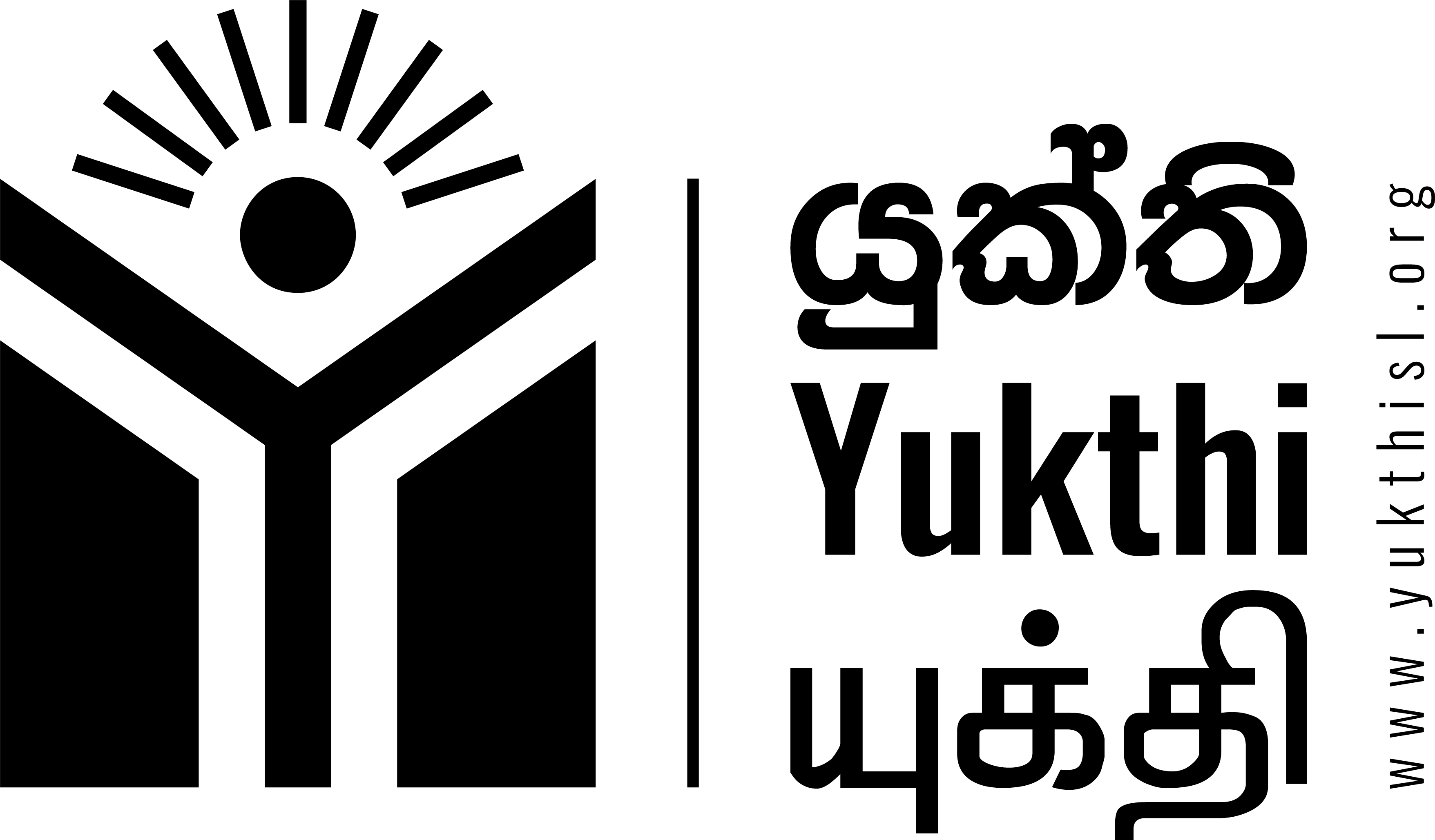

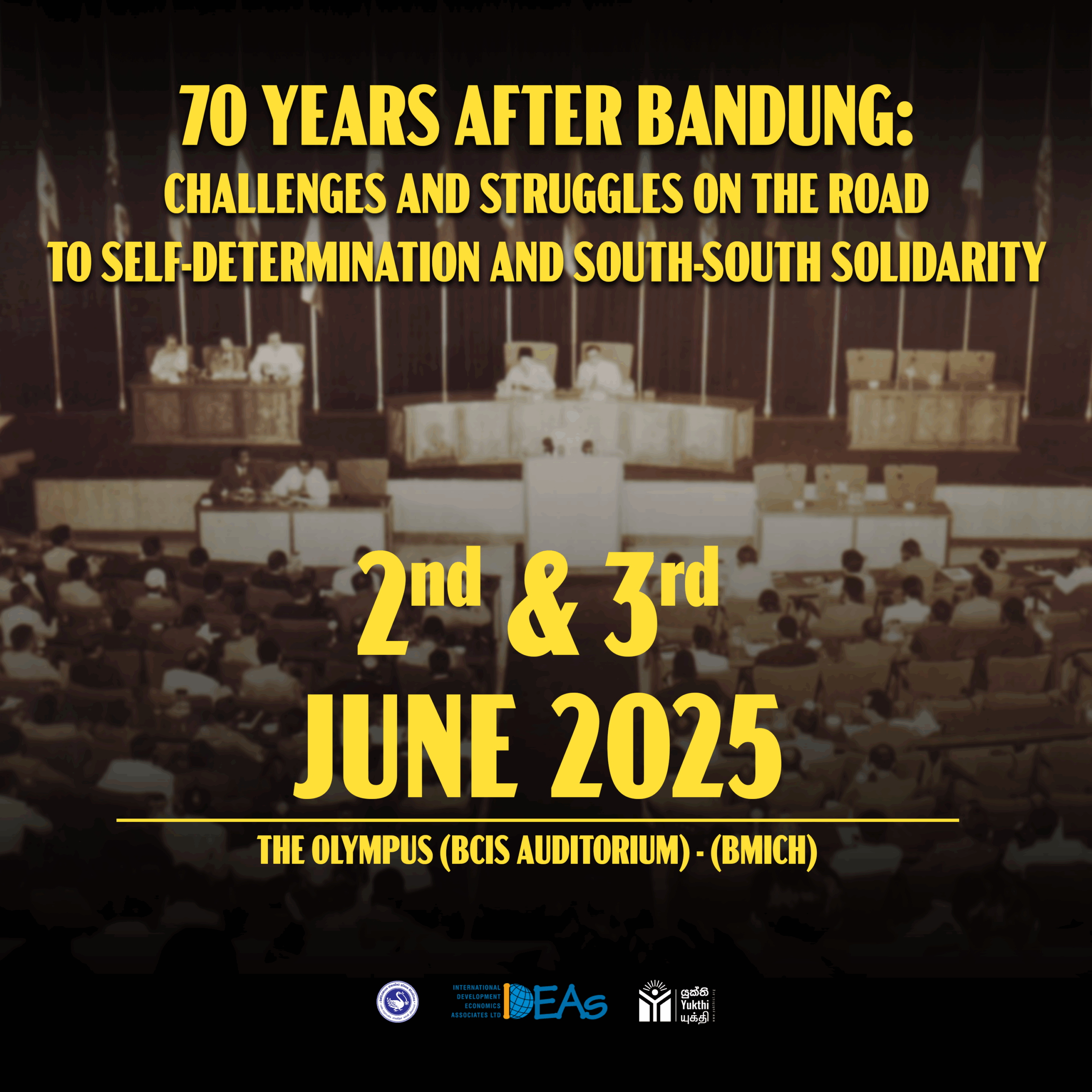

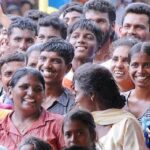

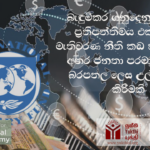



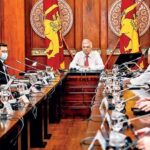

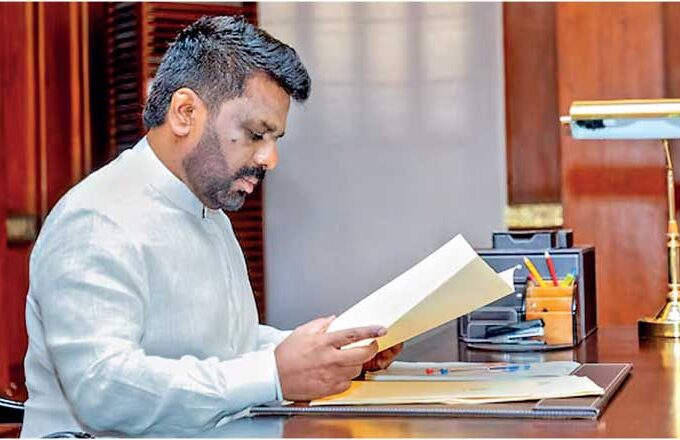


Leave a comment